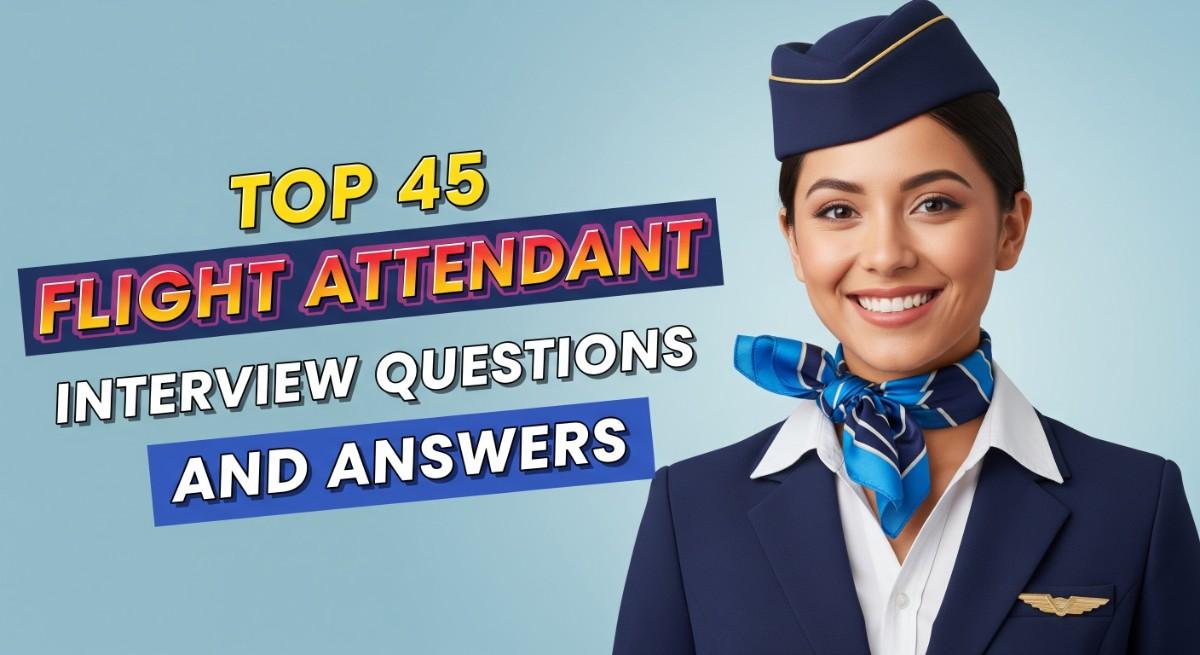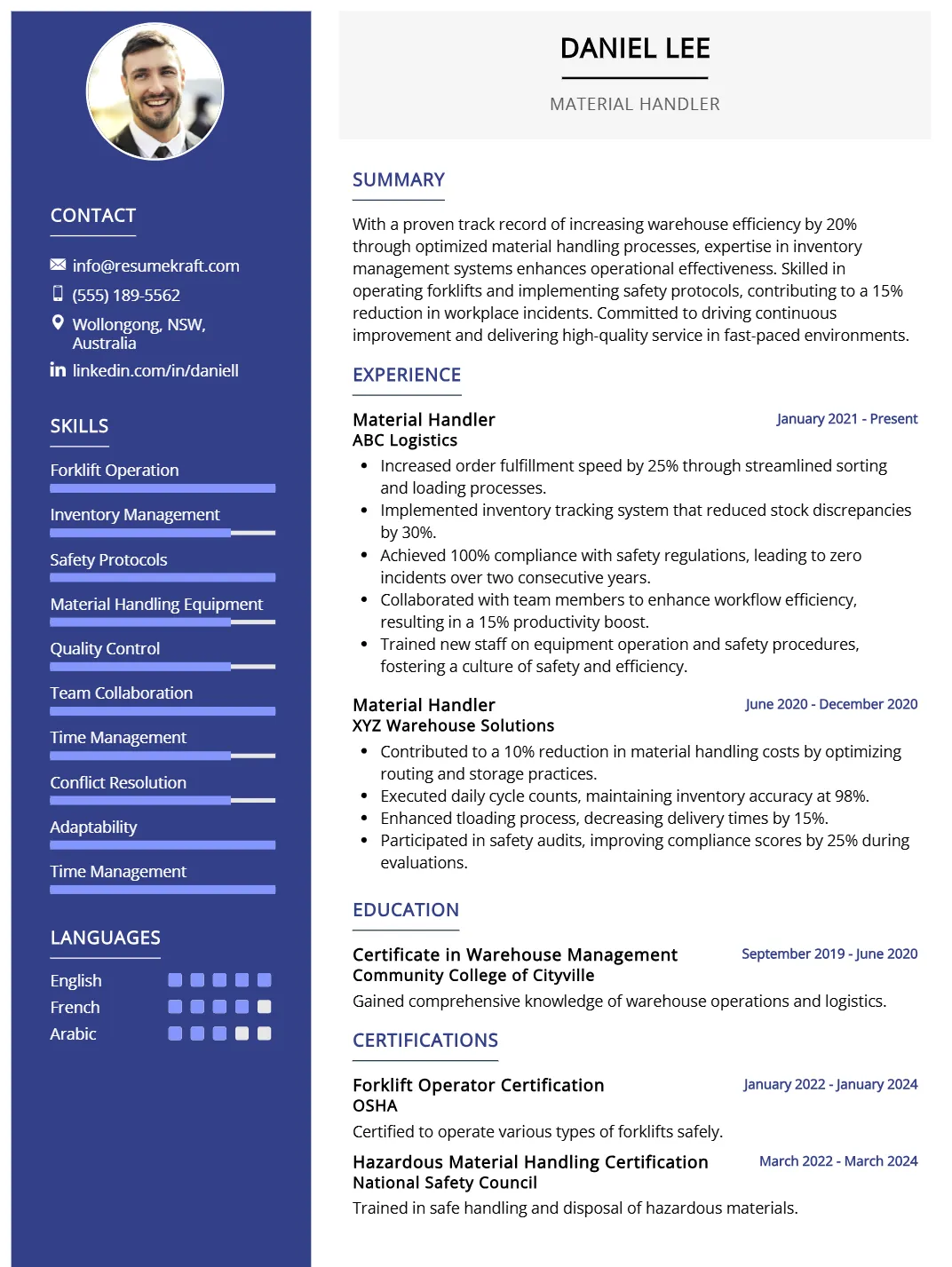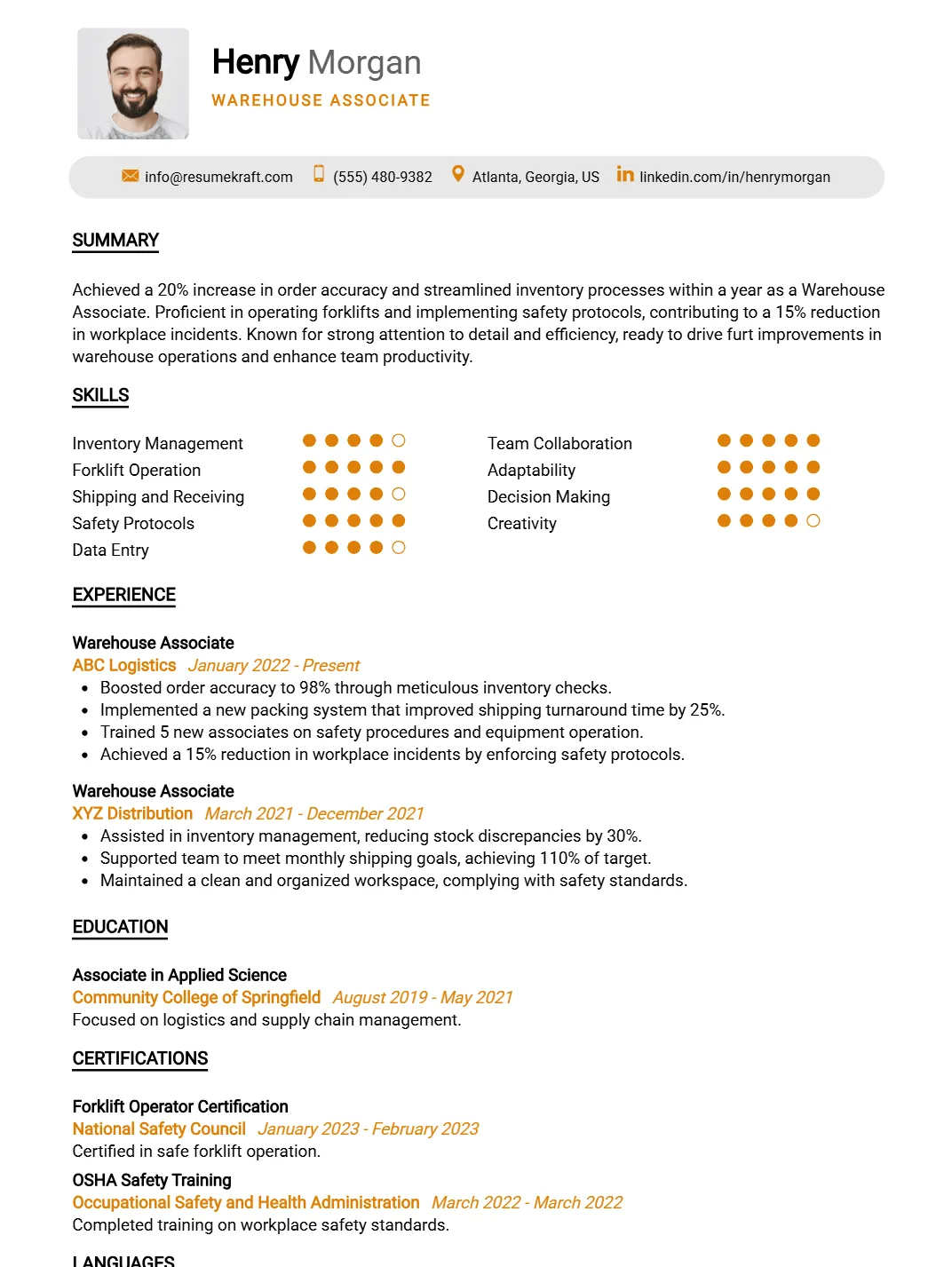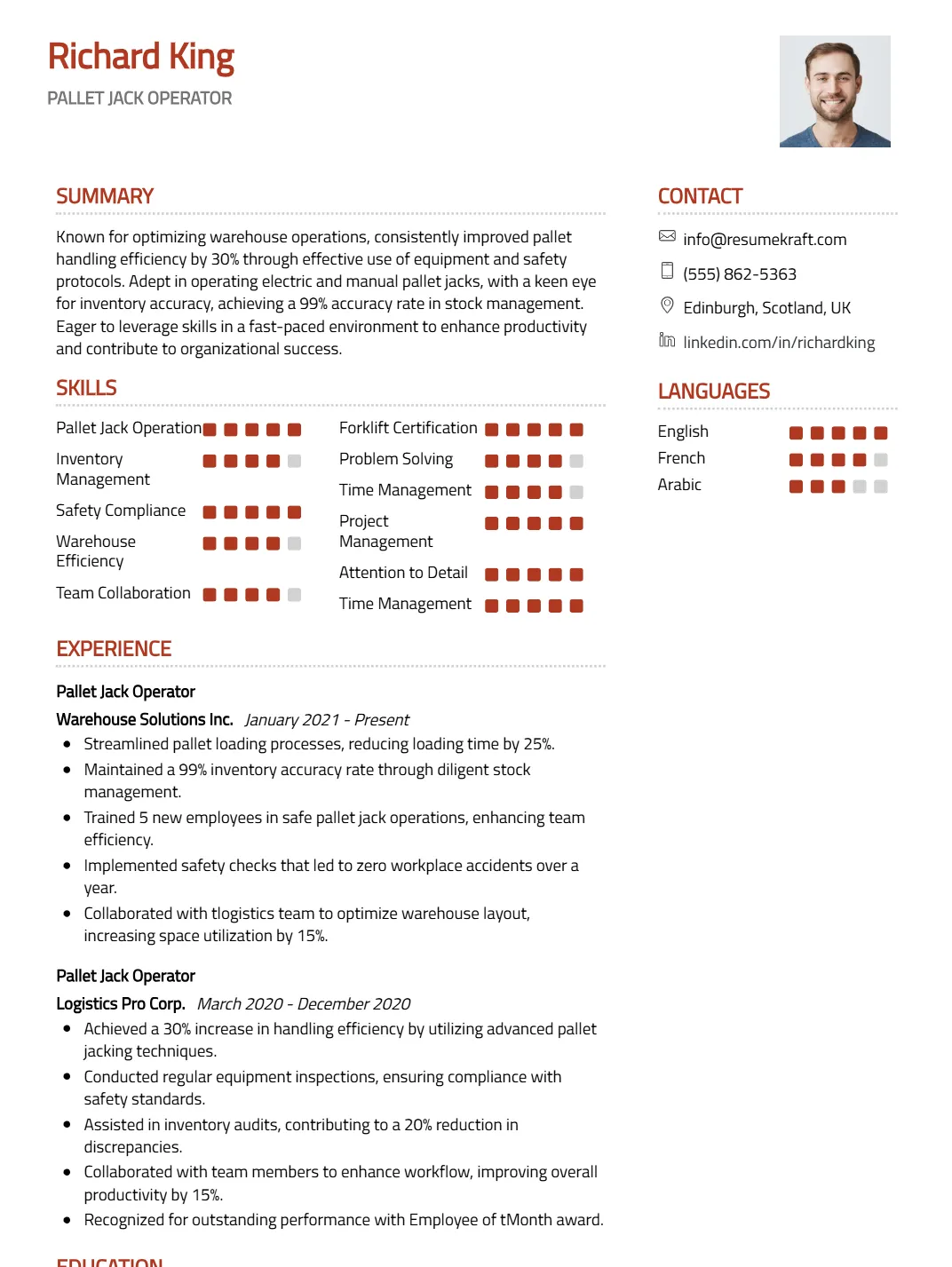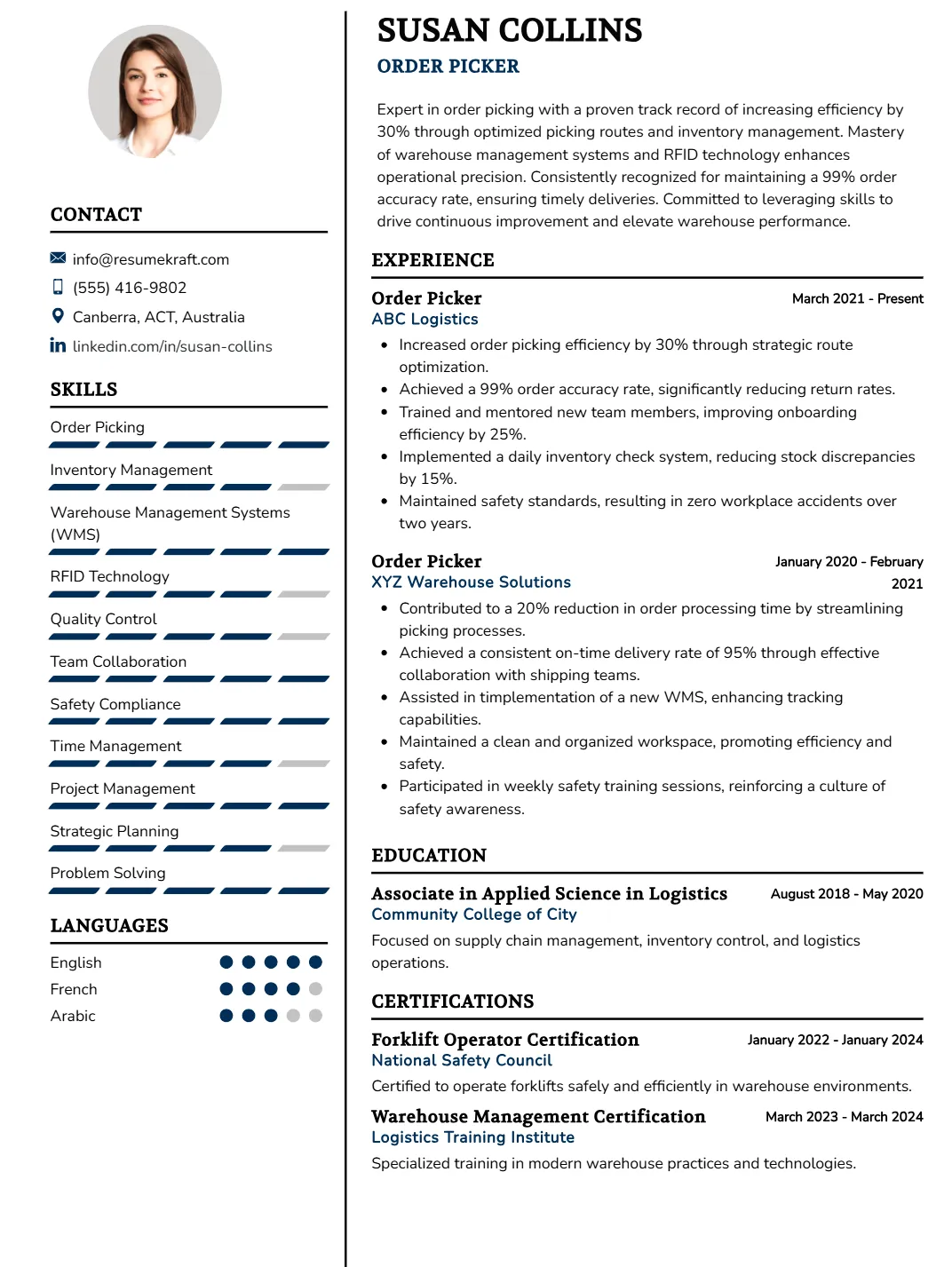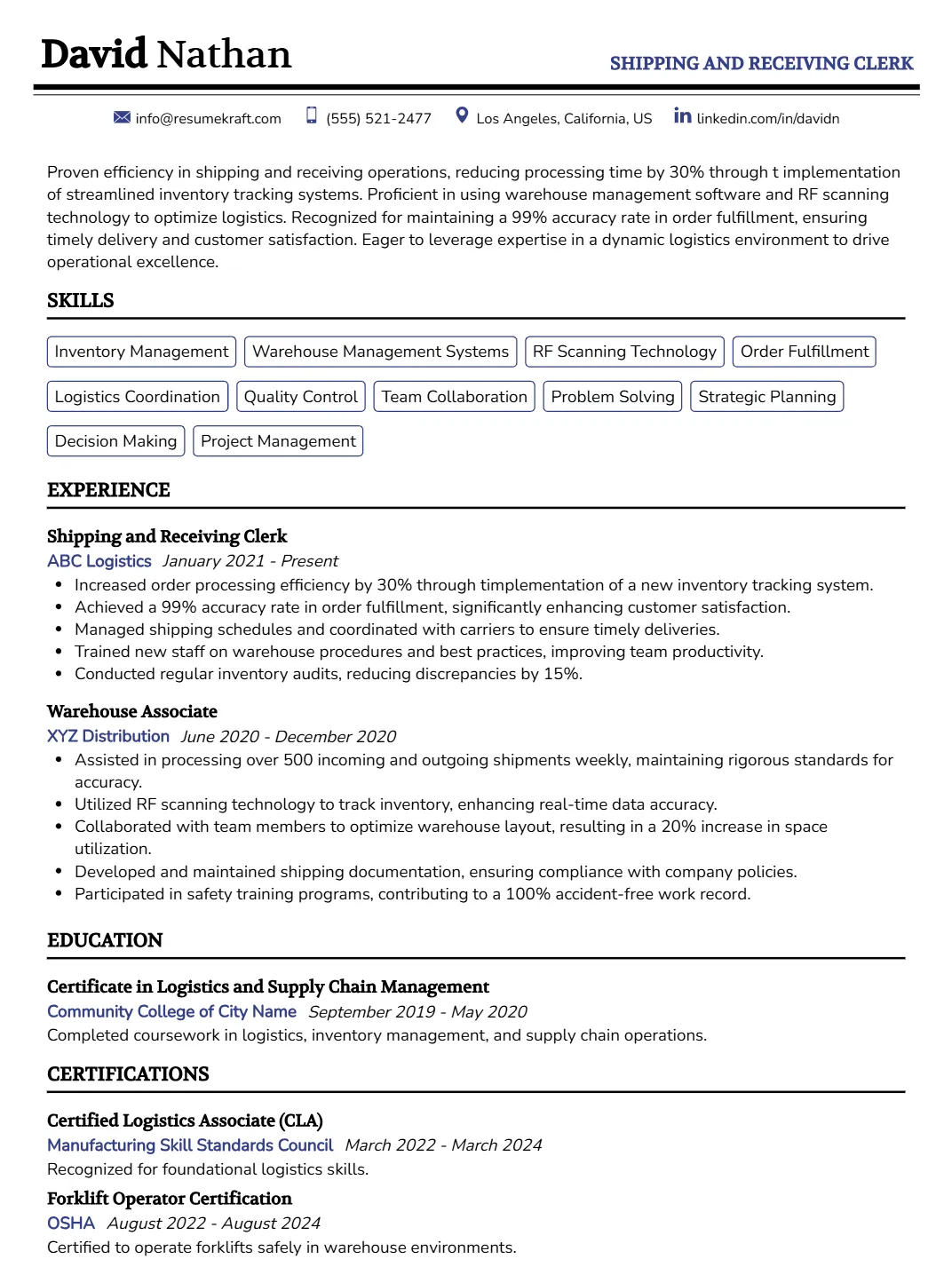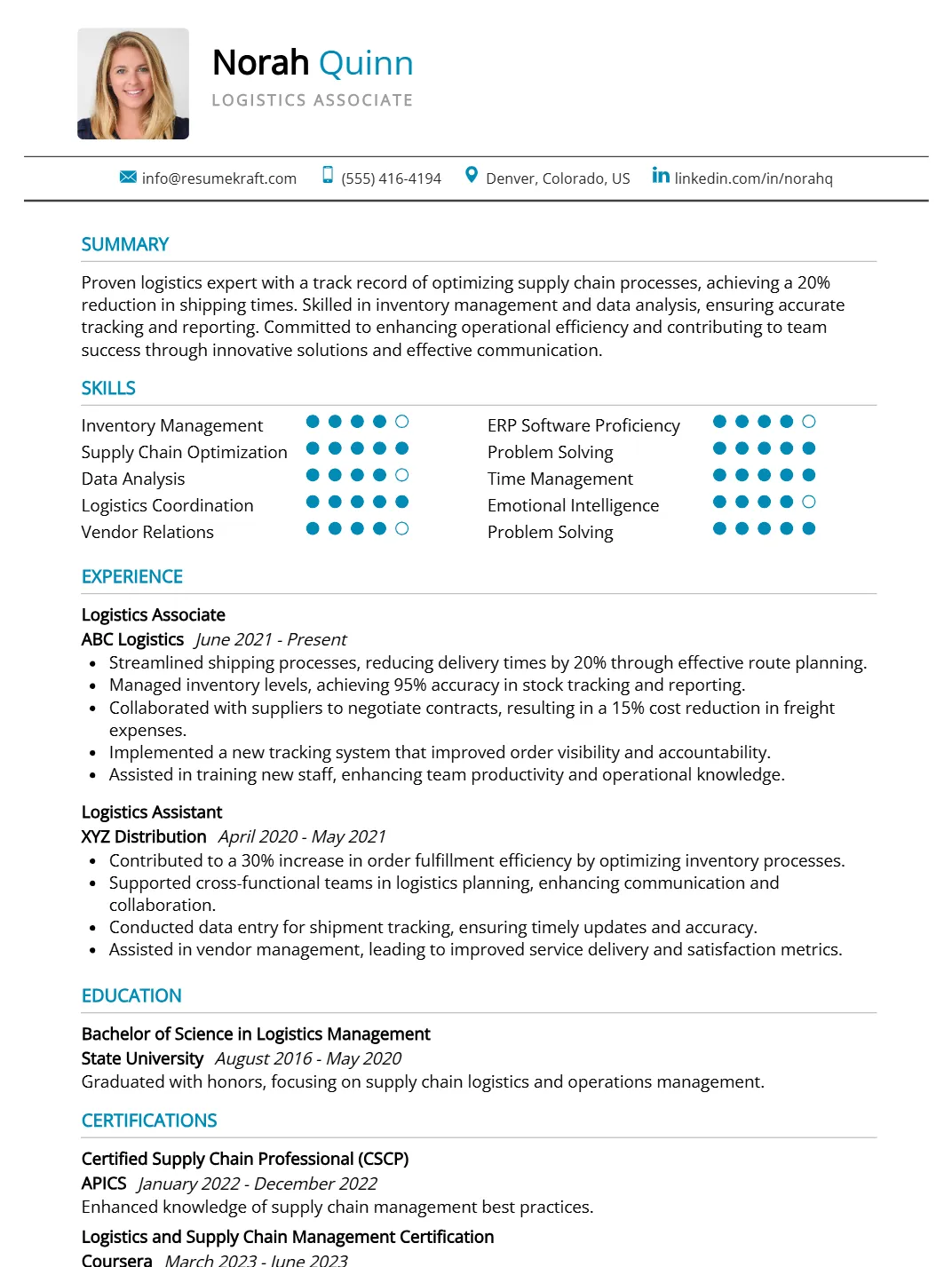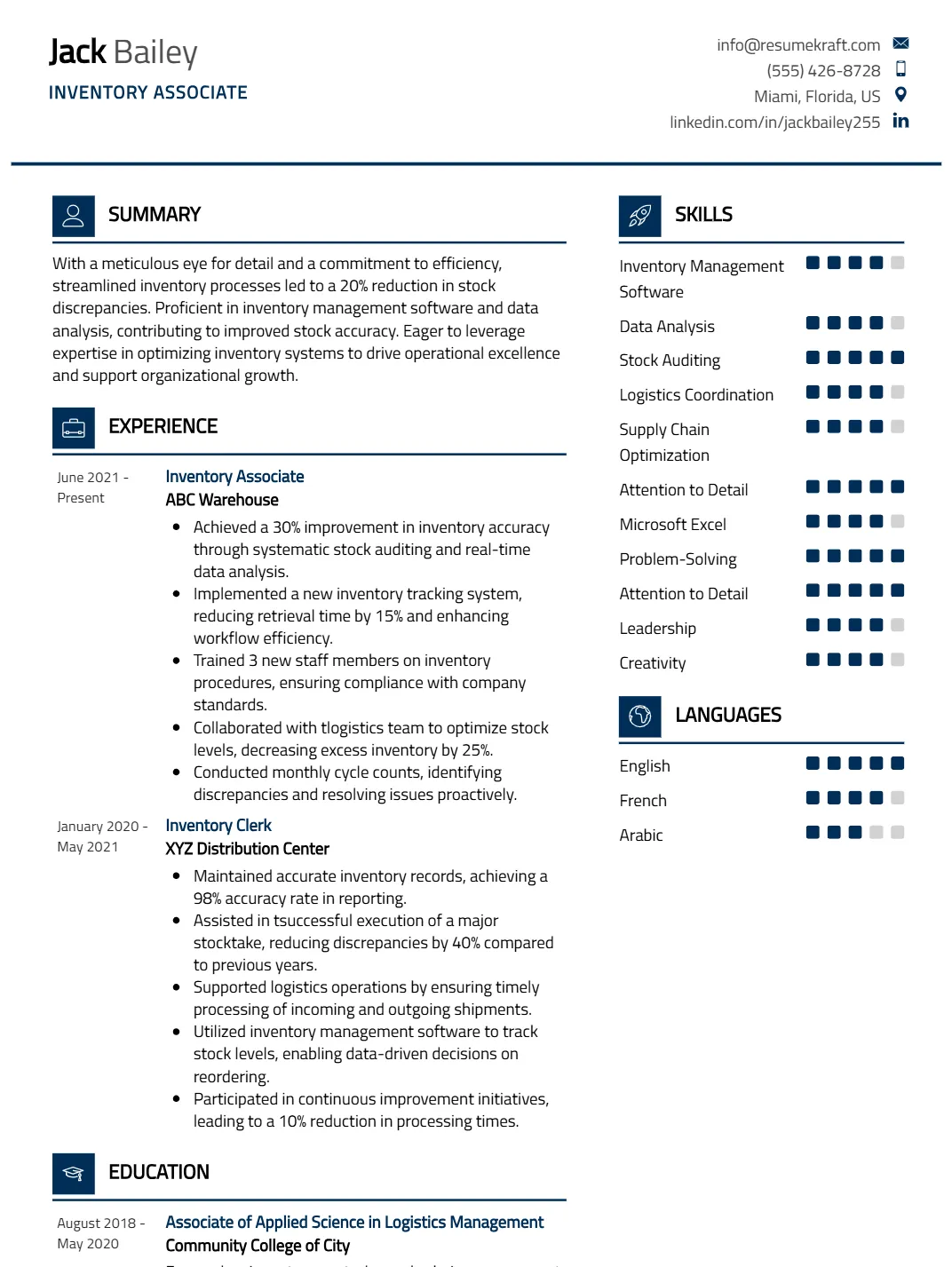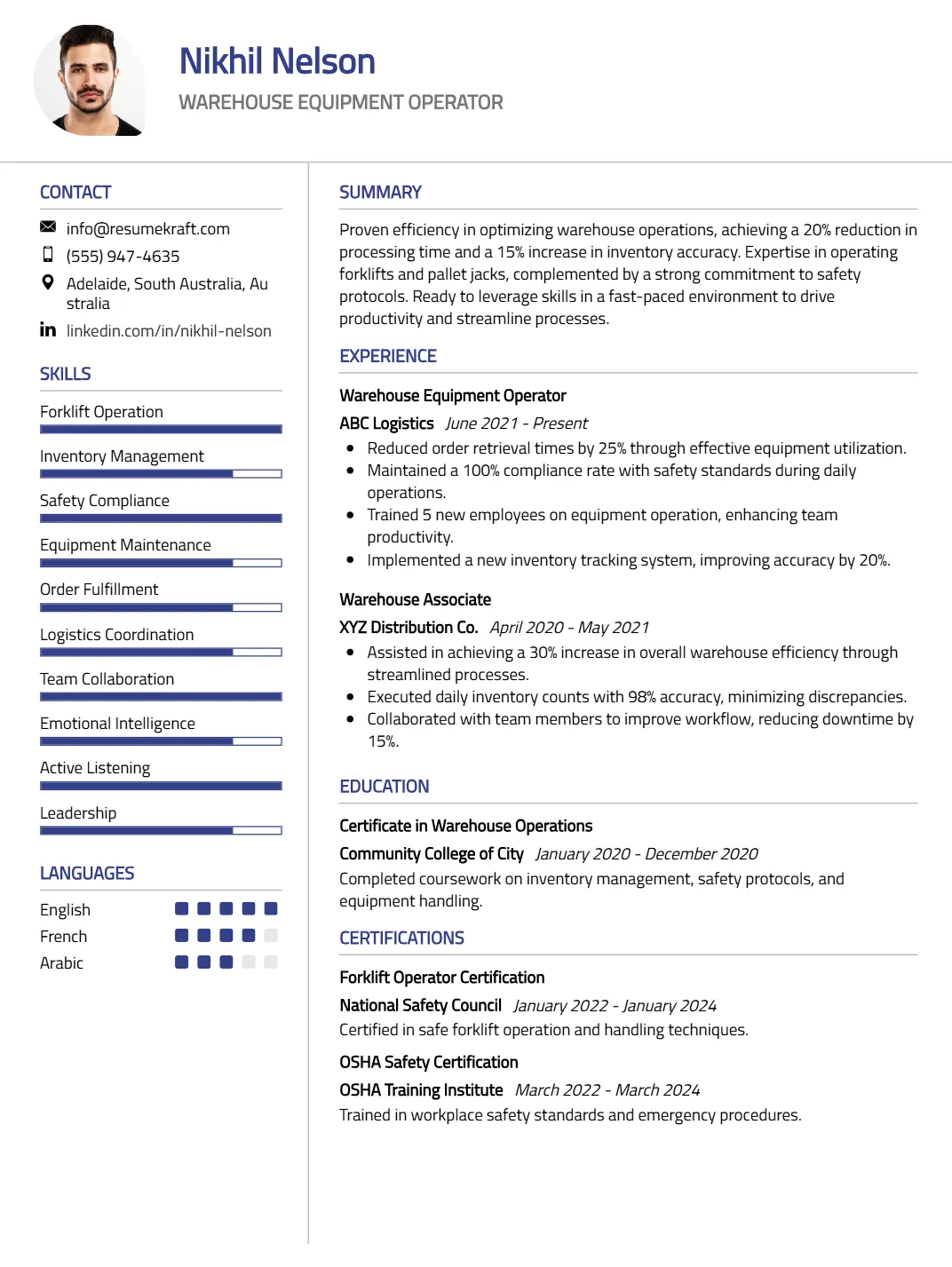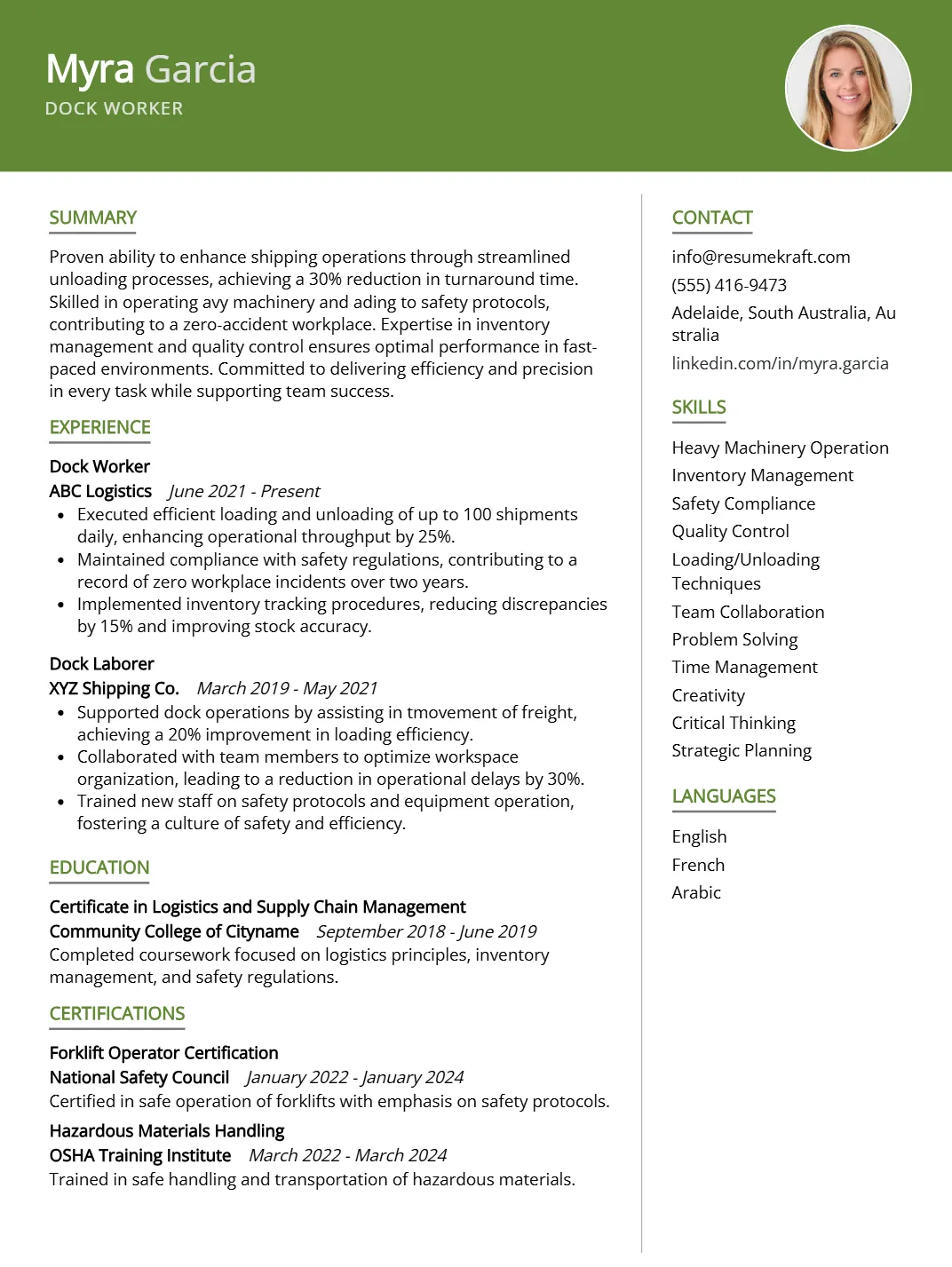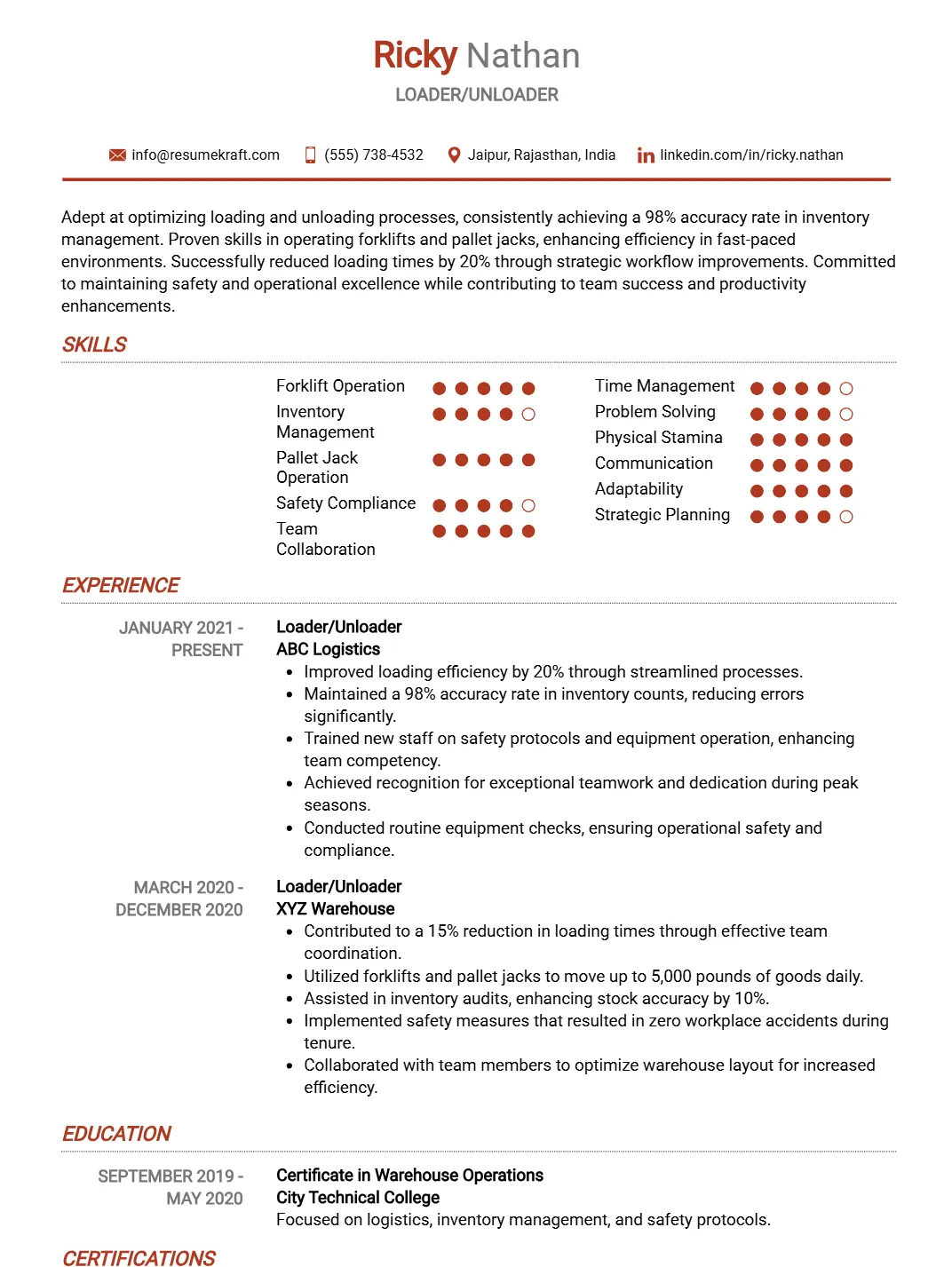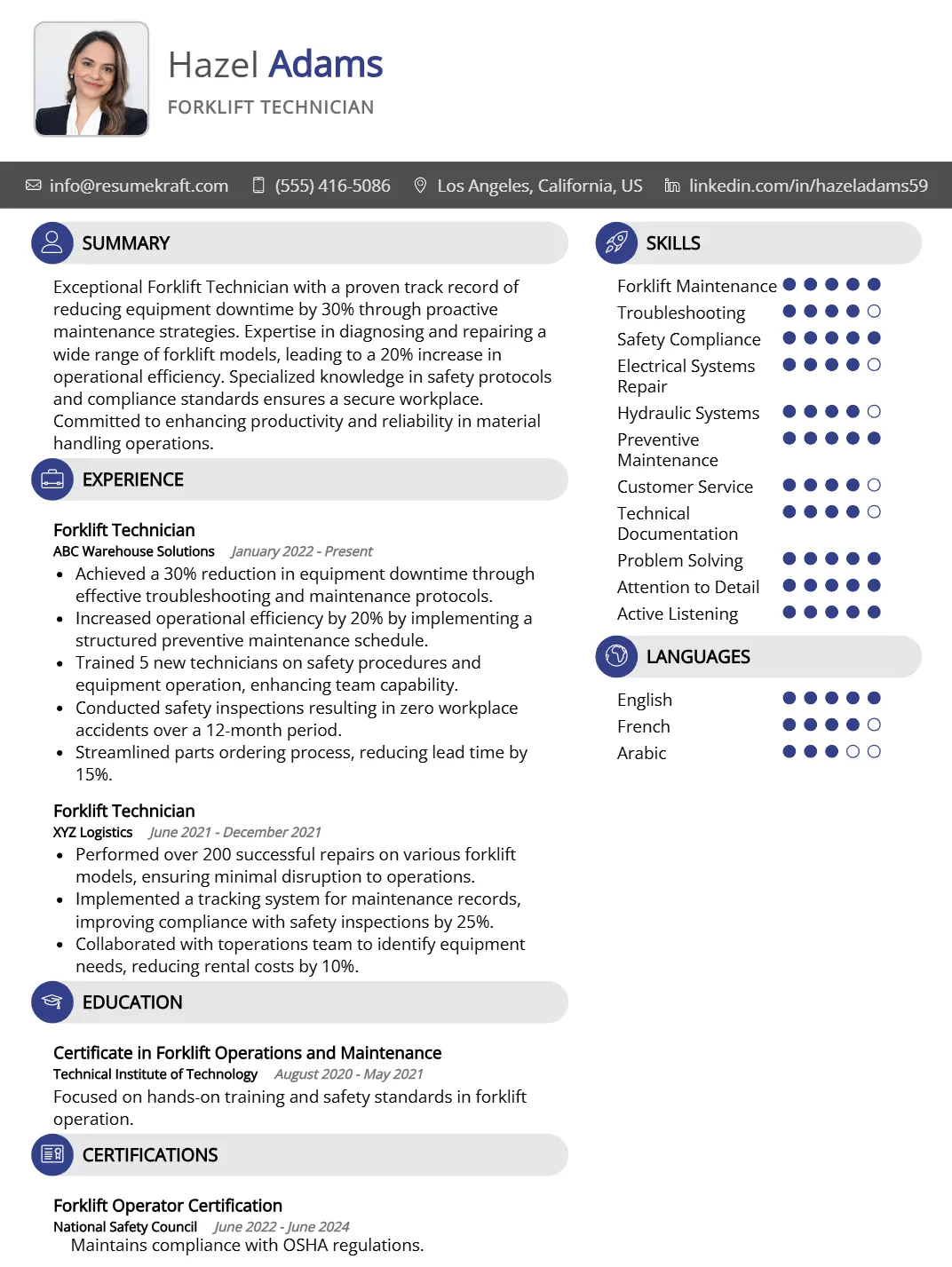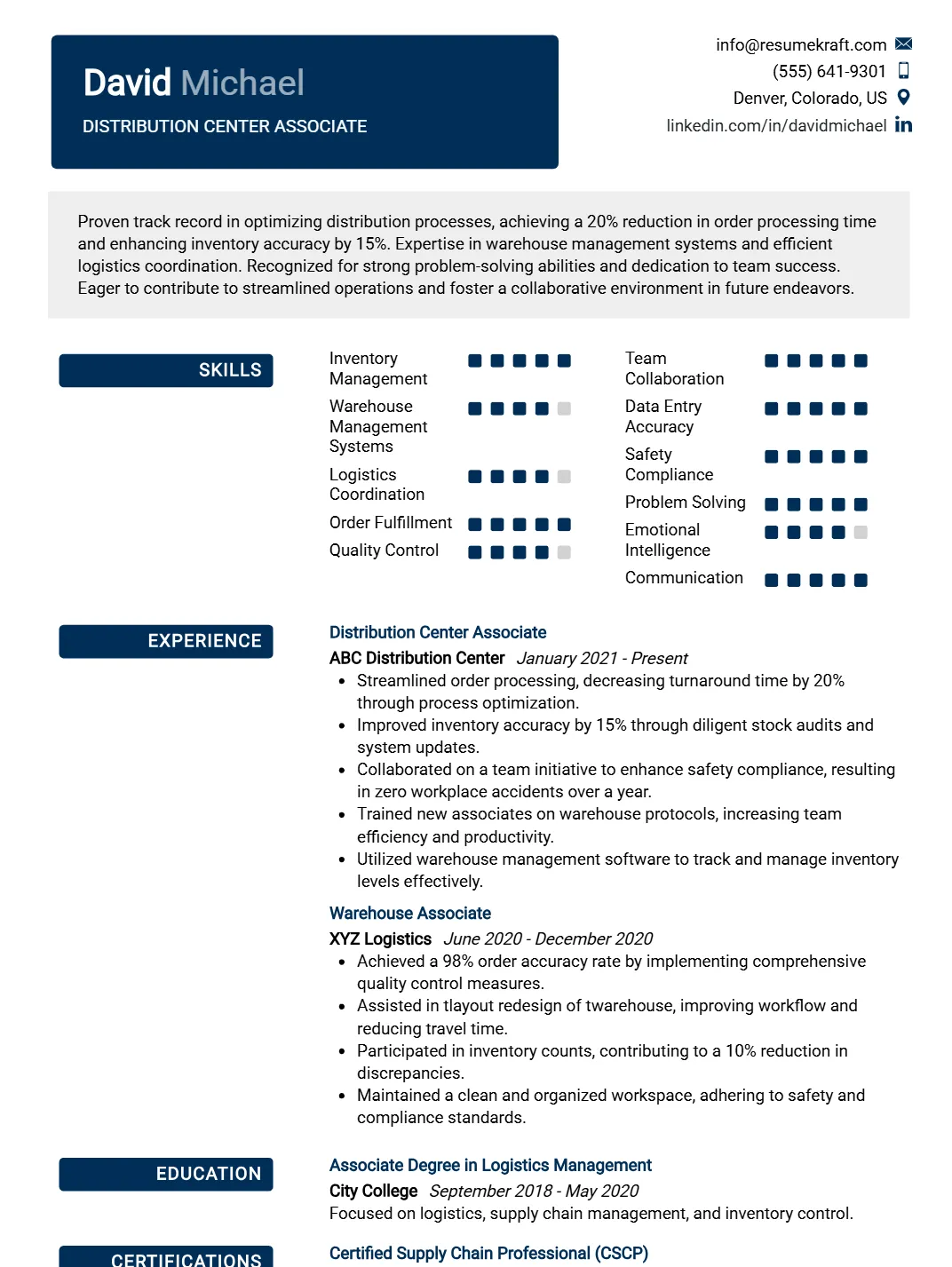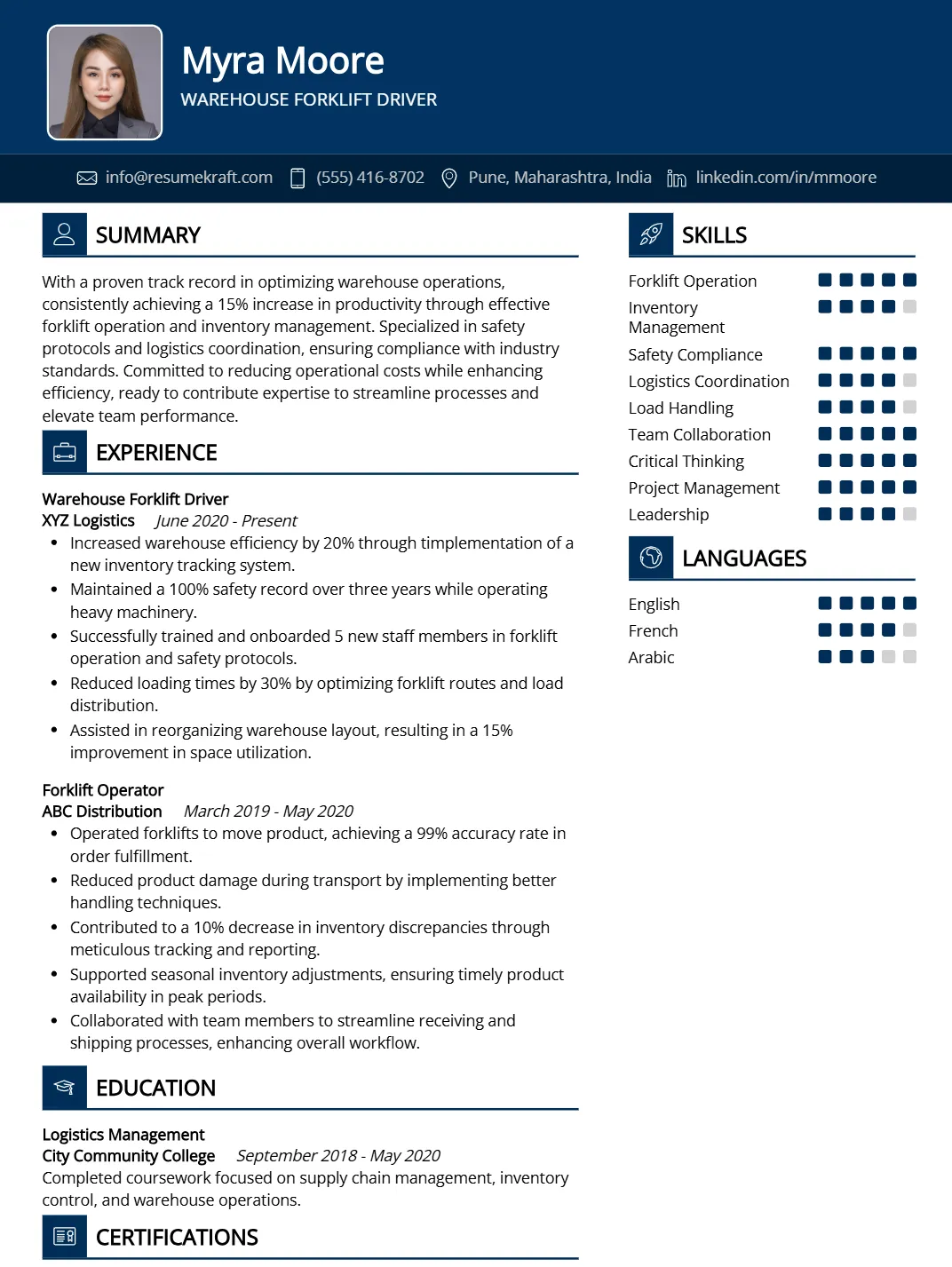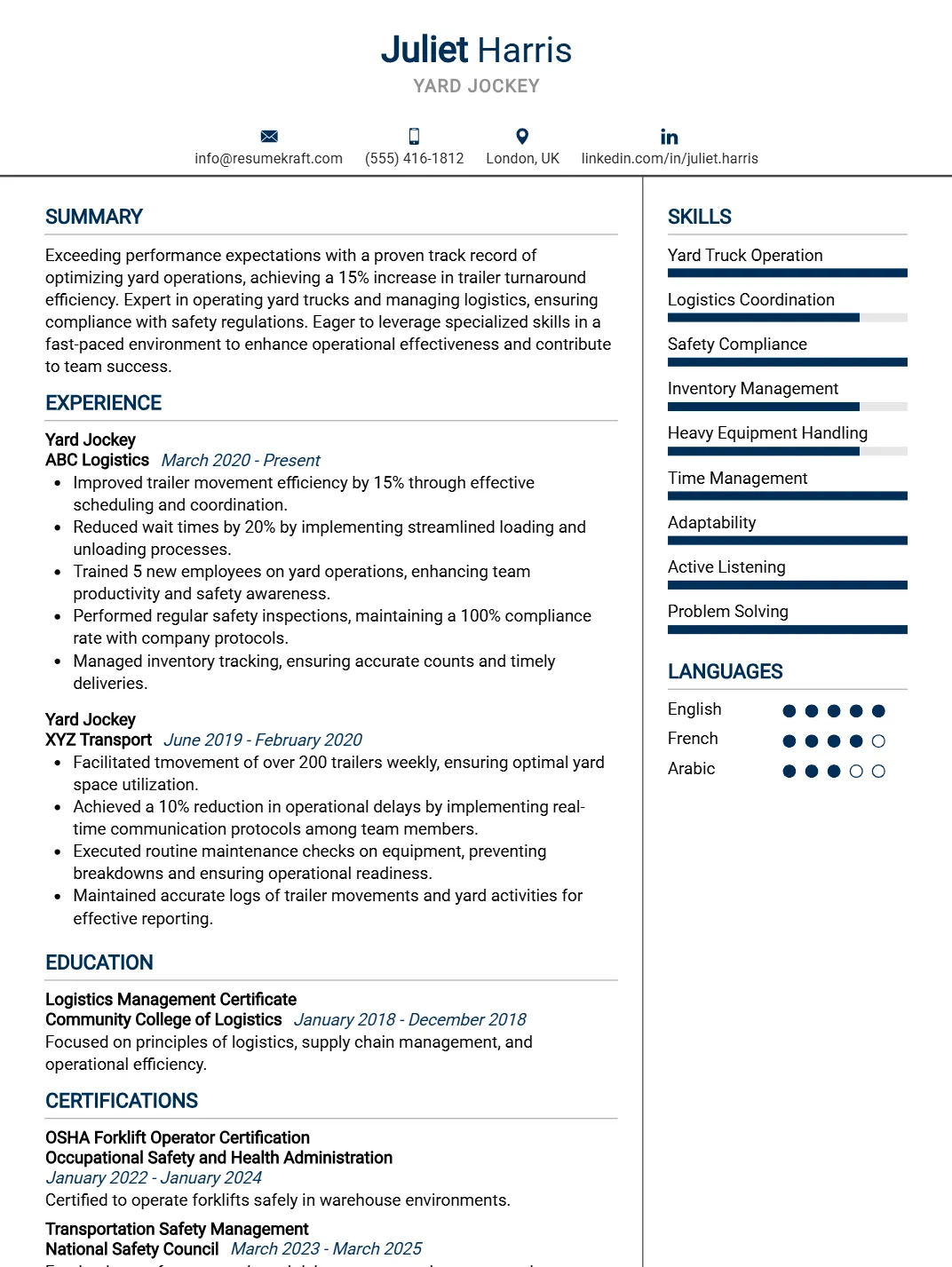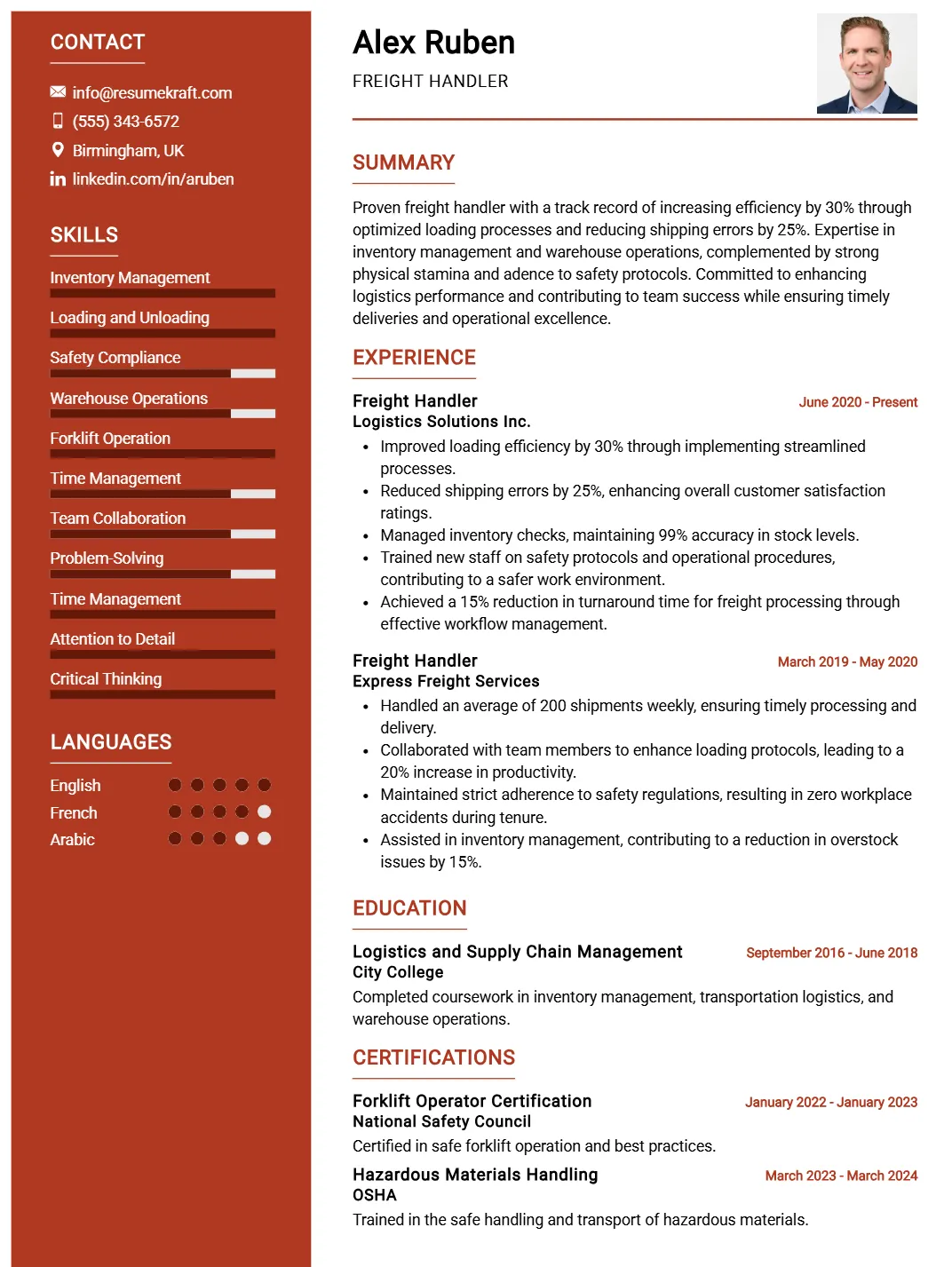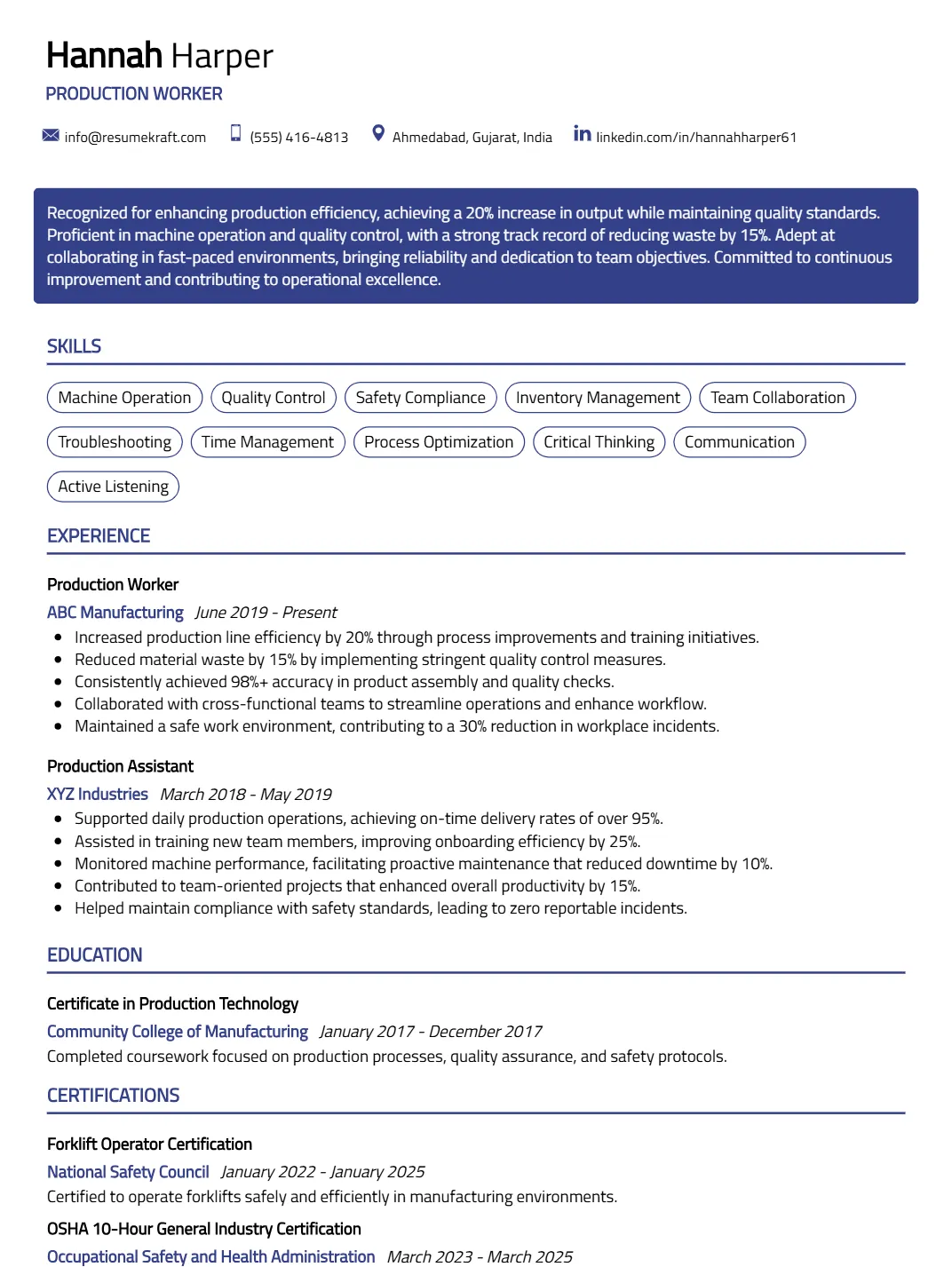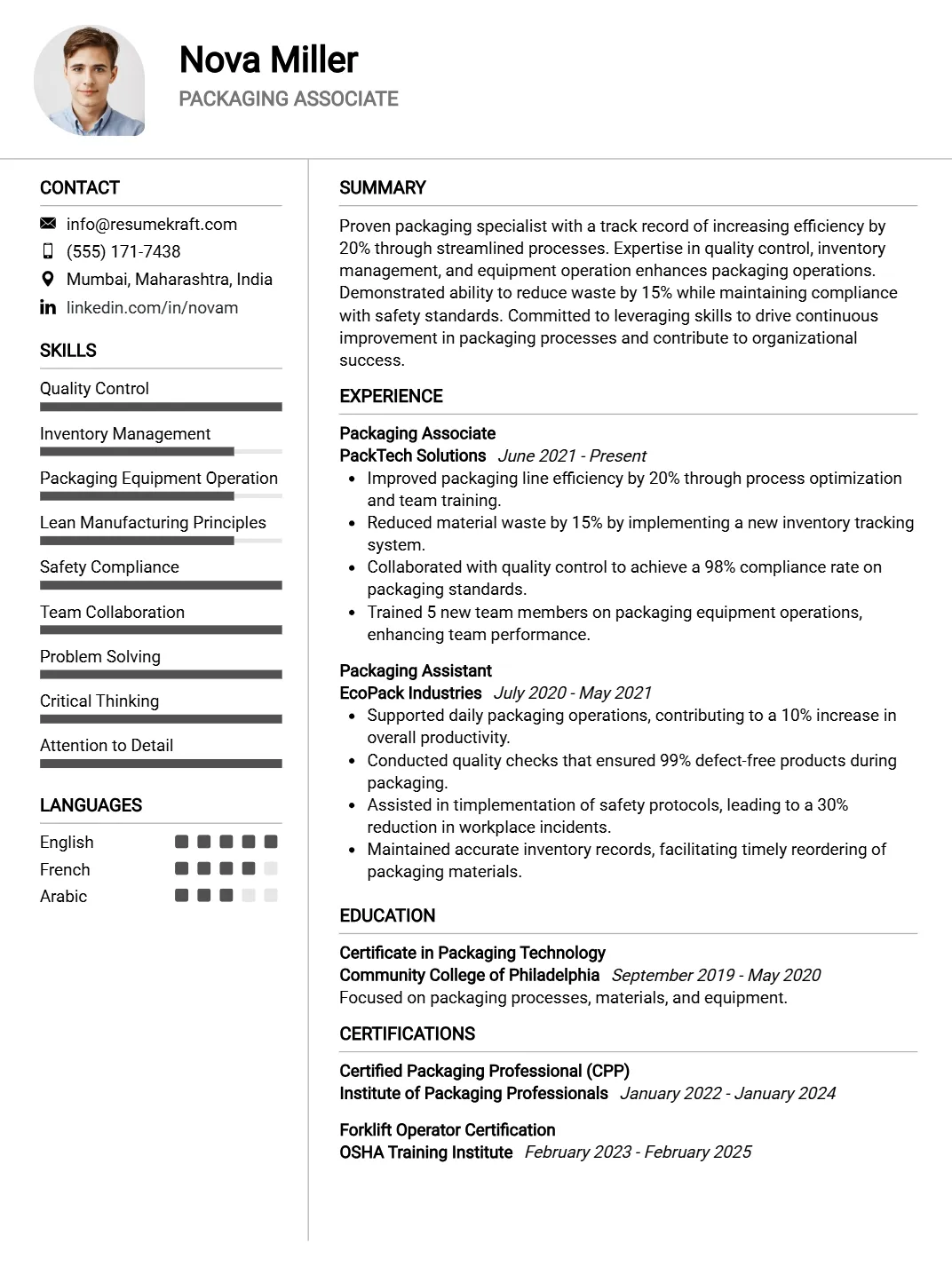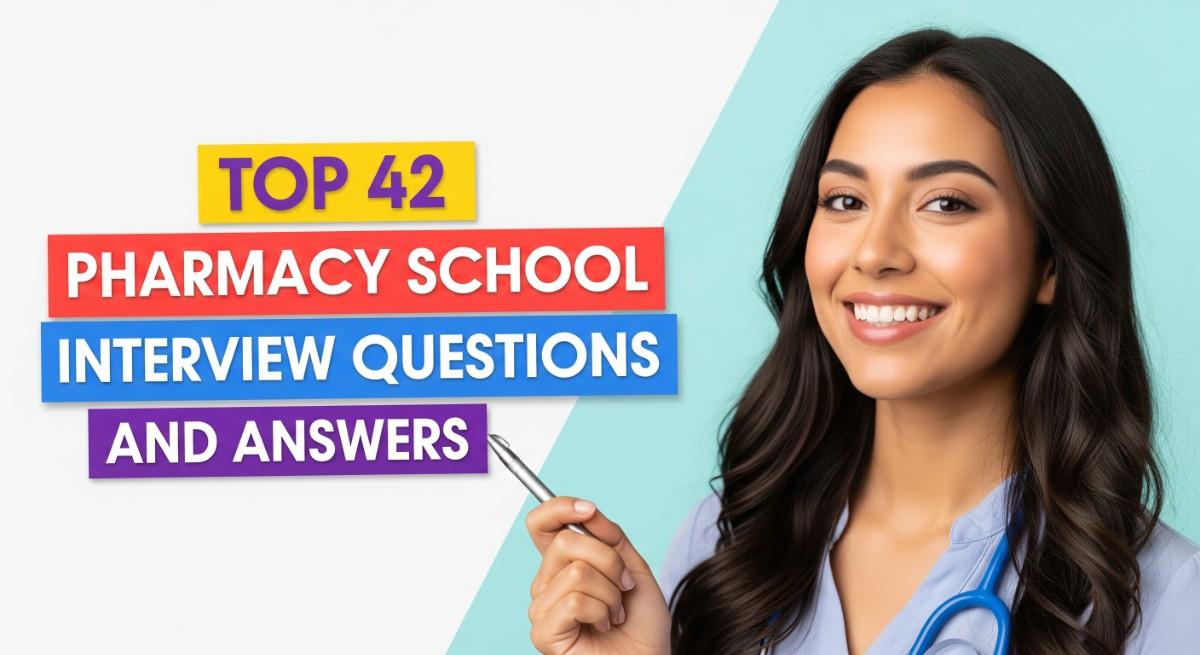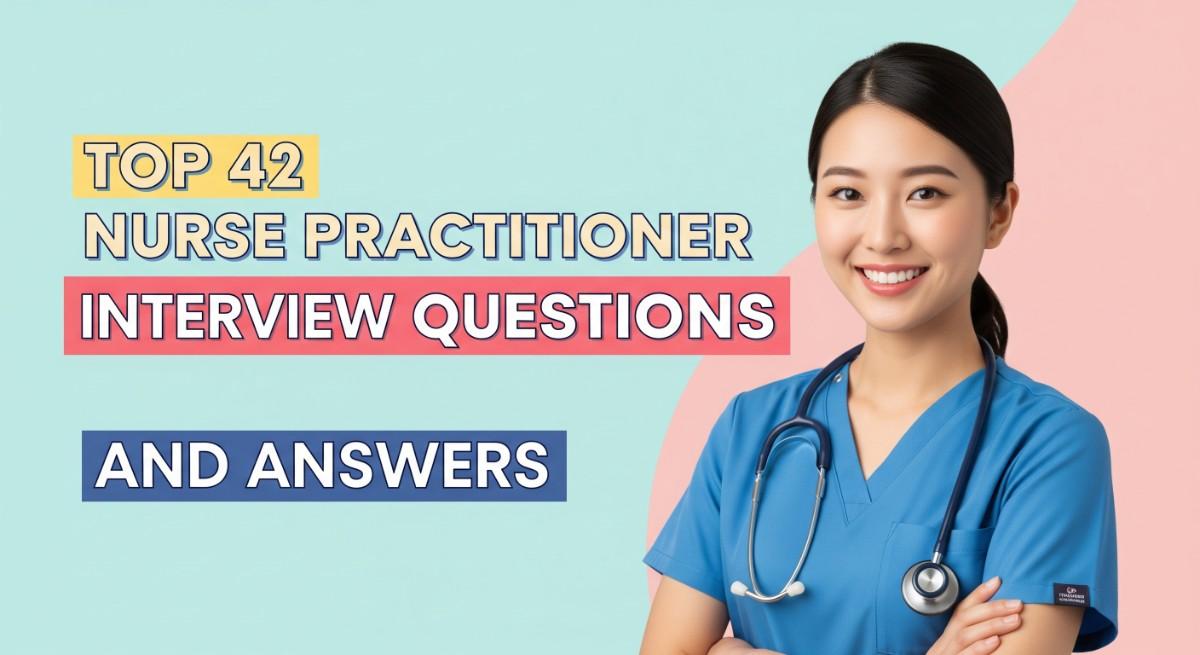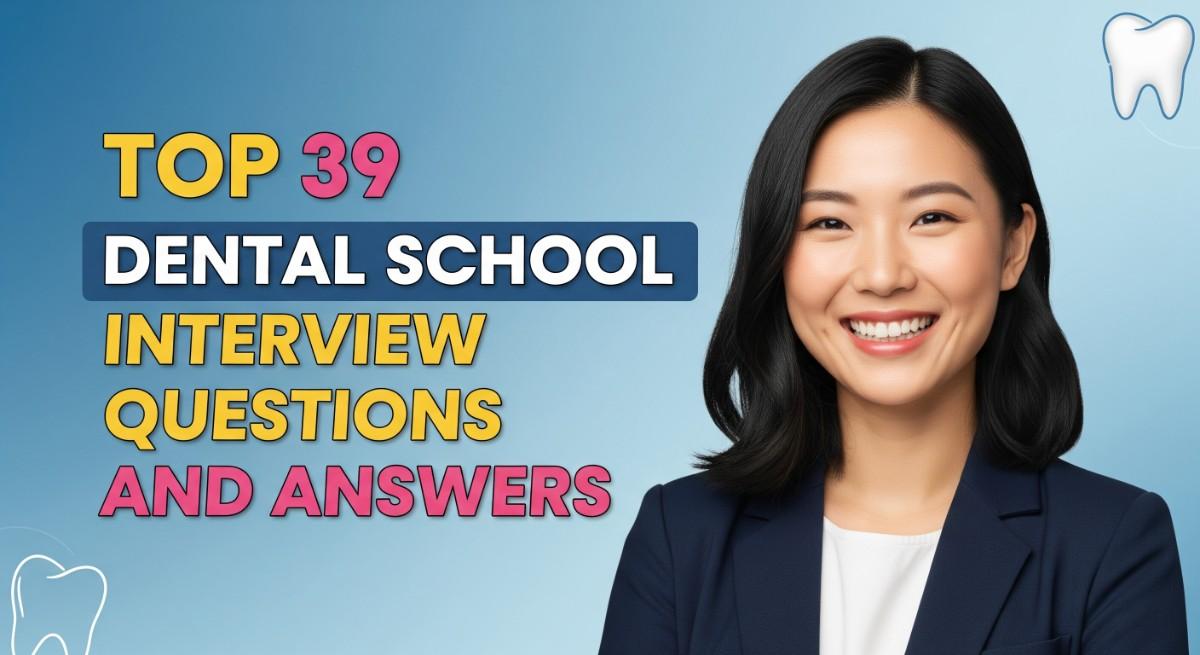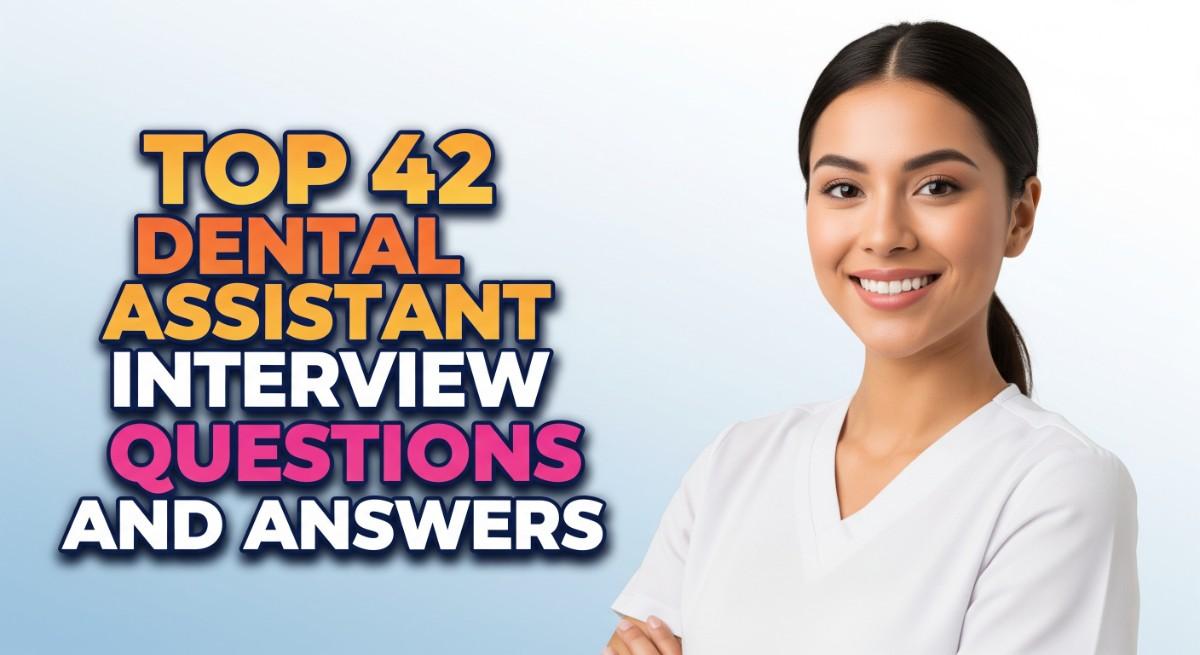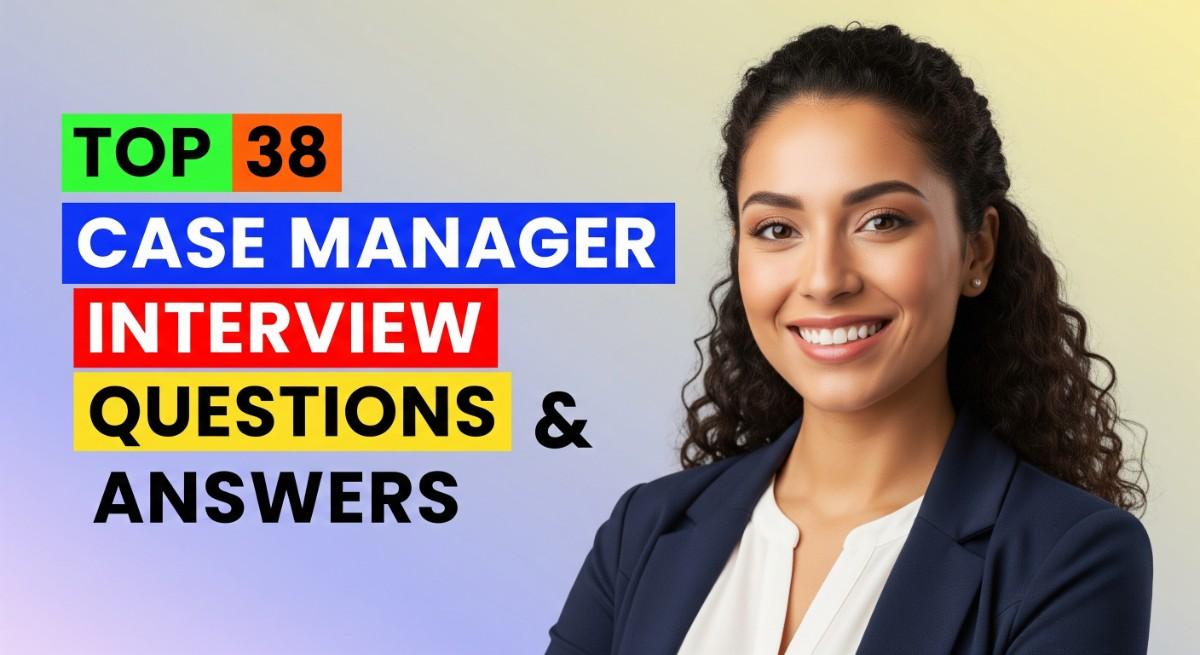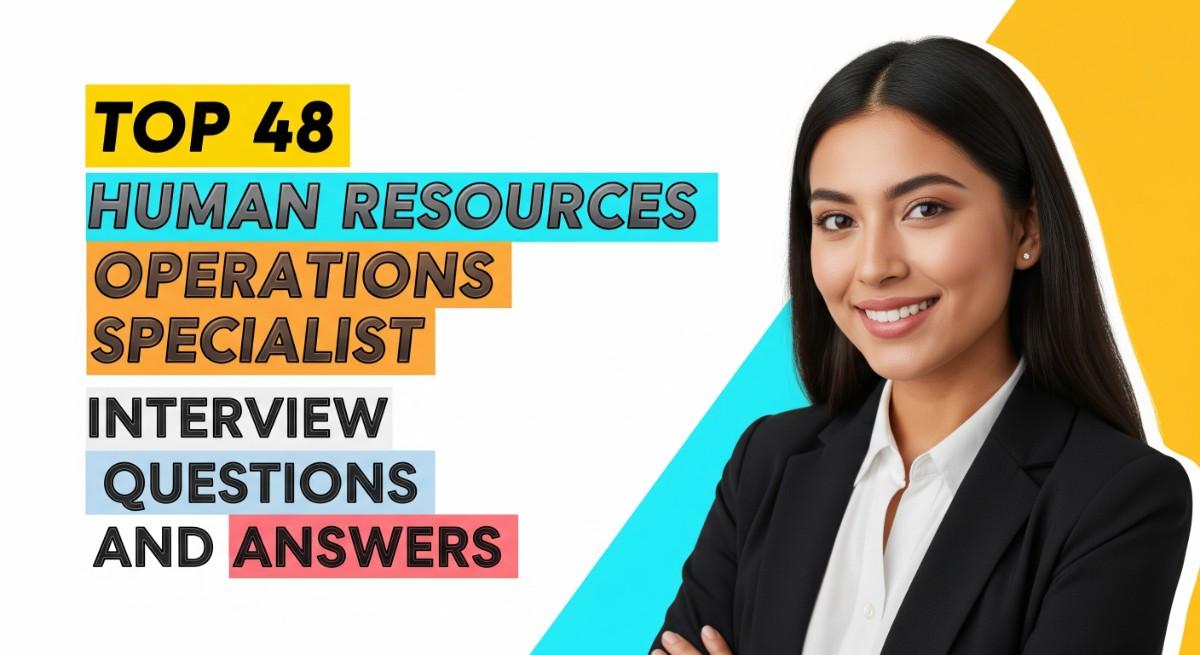
Top 48 Human Resources Operations Specialist Interview Questions and Answers for 2025
Preparing for a Human Resources Operations Specialist interview requires a unique blend of interpersonal skills and operational expertise. This role is pivotal in ensuring that HR processes run smoothly and efficiently, balancing employee needs with organizational objectives. Proper interview preparation is essential, as it not only helps you articulate your experiences but also demonstrates your understanding of HR practices and your ability to contribute to the company’s culture. This comprehensive guide will cover common interview questions, essential skills for the role, tips for showcasing your qualifications, and strategies to help you stand out as a candidate. Equip yourself with the knowledge to ace your interview and take the next step in your HR career!
- What to Expect in a Human Resources Operations Specialist Interview
- Human Resources Operations Specialist Interview Questions For Freshers
- Human Resources Operations Specialist Intermediate Interview Questions
- Human Resources Operations Specialist Interview Questions for Experienced
- How to Prepare for Your Human Resources Operations Specialist Interview
What to Expect in a Human Resources Operations Specialist Interview
In a Human Resources Operations Specialist interview, candidates can expect a mix of behavioral and situational questions designed to assess their problem-solving abilities and HR knowledge. Interviews are often conducted by HR managers or team leaders, and may include a panel format involving multiple interviewers. The process typically begins with an initial phone screening, followed by one or two in-person or virtual interviews. Candidates should be prepared to discuss their experience with HR systems, employee relations, and data management, as well as demonstrate their understanding of HR policies and best practices.
Human Resources Operations Specialist Interview Questions For Freshers
This set of interview questions targets freshers aspiring to become Human Resources Operations Specialists. Candidates should focus on mastering fundamental HR concepts, basic operational processes, and essential tools that facilitate effective HR management.
1. What is the role of a Human Resources Operations Specialist?
A Human Resources Operations Specialist is responsible for managing the administrative functions of HR, including employee onboarding, data management, compliance, and benefits administration. They ensure that HR processes run smoothly and efficiently while supporting organizational HR strategies and enhancing employee experiences.
2. Can you explain the importance of employee onboarding?
Employee onboarding is crucial as it helps new hires acclimate to the company culture and understand their roles. Effective onboarding can lead to higher job satisfaction, increased retention rates, and improved productivity. It also sets the tone for the employee’s experience within the organization.
3. What are some key HR metrics you should track?
- Turnover Rate: Measures the percentage of employees leaving the organization over a specific period.
- Time to Hire: Indicates the efficiency of the recruitment process by measuring the time taken to fill a position.
- Employee Satisfaction: Assesses the overall satisfaction of employees through surveys and feedback.
Tracking these metrics helps HR make informed decisions and improve overall organizational performance.
Build your resume in just 5 minutes with AI.

4. How do you handle employee records?
Handling employee records involves maintaining accurate and confidential information about employees. This includes personal details, performance evaluations, and payroll data. Compliance with data protection regulations is essential, and HR specialists should ensure that records are updated regularly and securely stored.
5. What is the significance of compliance in HR operations?
Compliance in HR operations is vital to ensure that the organization adheres to labor laws and regulations. It protects the company from legal issues and financial penalties. HR specialists must stay informed about changes in laws and implement policies that promote compliance and ethical practices.
6. Describe the process of conducting a performance review.
The performance review process typically involves the following steps: setting clear performance expectations, gathering feedback from various sources, conducting a formal meeting with the employee, discussing achievements and areas for improvement, and setting future goals. This process helps in employee development and aligns individual performance with organizational objectives.
7. What tools do you consider essential for HR operations?
- HR Management Software: Automates HR tasks such as payroll, recruitment, and attendance tracking.
- Applicant Tracking System (ATS): Streamlines the recruitment process by managing job applications and candidate information.
- Performance Management Tools: Helps in tracking employee performance and facilitating reviews.
These tools enhance efficiency and accuracy in HR operations.
8. How would you handle a conflict between employees?
Handling conflicts between employees involves actively listening to both parties, understanding their perspectives, and facilitating a discussion to find common ground. It’s important to remain neutral and encourage open communication. If necessary, mediation techniques can be employed to help resolve the issue amicably.
9. What is the difference between recruitment and selection?
Recruitment is the process of attracting candidates for a job opening, while selection involves evaluating and choosing the most suitable candidates from the applicant pool. Recruitment focuses on sourcing talent, whereas selection emphasizes assessing qualifications and fit for the organization.
10. Can you explain what an Employee Assistance Program (EAP) is?
An Employee Assistance Program (EAP) is a work-based program that offers employees support for personal problems that may affect their job performance. This may include counseling for stress, substance abuse, or mental health issues. EAPs contribute to a healthier workplace and improve employee well-being and productivity.
11. What strategies can improve employee retention?
- Offering Competitive Benefits: Providing attractive compensation packages and benefits can help retain talent.
- Career Development Opportunities: Supporting employee growth through training and advancement opportunities fosters loyalty.
- Creating a Positive Work Environment: Promoting a culture of recognition and respect improves job satisfaction.
Implementing these strategies can significantly enhance employee retention rates.
12. How do you ensure confidentiality in HR operations?
Ensuring confidentiality in HR operations involves implementing strict data protection policies, limiting access to sensitive information, and training staff on confidentiality practices. Regular audits and compliance checks can help maintain the integrity of employee data and ensure that privacy is respected.
13. What is the role of HR in employee engagement?
HR plays a crucial role in employee engagement by creating programs that foster a positive workplace culture, encouraging open communication, and facilitating professional development. Engaged employees are more productive and committed, leading to better organizational outcomes.
14. How do you approach succession planning?
Succession planning involves identifying and developing internal talent to fill key positions in the organization. This process includes assessing current employees’ skills, providing training and development opportunities, and creating a pipeline of future leaders. A proactive approach ensures business continuity and minimizes disruptions when transitions occur.
15. What is the importance of diversity and inclusion in the workplace?
Diversity and inclusion are essential for fostering a creative and innovative workplace. A diverse workforce brings varied perspectives, enhancing problem-solving and decision-making. Inclusion ensures that all employees feel valued and respected, which contributes to higher employee satisfaction and retention.
These questions are tailored for freshers applying for the role of Human Resources Operations Specialist. They focus on essential concepts and skills relevant to the position.
16. What are the primary responsibilities of a Human Resources Operations Specialist?
A Human Resources Operations Specialist typically handles a range of responsibilities including:
- Managing employee records: Ensuring all employee information is accurately maintained and updated in HR systems.
- Recruitment support: Assisting in the recruitment process by coordinating job postings, screening resumes, and scheduling interviews.
- Onboarding new hires: Facilitating the onboarding process for new employees, ensuring they have the necessary resources and training.
- Benefits administration: Overseeing employee benefits programs and addressing related inquiries.
- Compliance: Ensuring that HR policies comply with legal regulations and organizational standards.
These duties are essential for maintaining effective HR operations and supporting the overall strategic goals of the organization.
17. How do you ensure compliance with employment laws in HR operations?
Ensuring compliance with employment laws involves several key practices:
- Staying informed: Regularly updating knowledge on relevant laws and regulations, such as labor laws, discrimination laws, and health and safety regulations.
- Policy development: Creating clear HR policies that reflect legal requirements and ensure they are communicated effectively to all employees.
- Training: Conducting training sessions for HR staff and managers on compliance-related topics to foster understanding and adherence.
- Audits: Performing regular audits of HR practices and documentation to identify and rectify any compliance gaps.
By implementing these practices, HR Operations Specialists can mitigate risks and promote a compliant workplace.
Human Resources Operations Specialist Intermediate Interview Questions
As a Human Resources Operations Specialist, candidates should be familiar with key HR processes, compliance regulations, data management systems, and employee engagement strategies. These interview questions focus on the practical applications and best practices essential for mid-level professionals in the HR field.
18. What are the key responsibilities of a Human Resources Operations Specialist?
A Human Resources Operations Specialist is responsible for managing HR processes, ensuring compliance with labor laws, maintaining employee records, and supporting recruitment efforts. They also handle employee relations, benefits administration, and performance management. Their role is pivotal in streamlining HR operations, improving employee engagement, and enhancing organizational effectiveness.
19. How do you ensure compliance with labor laws in HR operations?
Ensuring compliance involves regularly reviewing and updating policies and procedures according to current labor laws. Key practices include:
- Conducting regular audits of HR practices to identify gaps.
- Providing training for HR staff to ensure they are aware of legal changes.
- Collaborating with legal experts to interpret laws accurately.
Maintaining accurate employee records and documentation is also critical to demonstrate compliance in case of audits or legal inquiries.
20. Can you describe the process of onboarding new employees?
The onboarding process involves several key steps:
- Pre-boarding: Preparing necessary documentation and resources before the new hire’s start date.
- Orientation: Introducing company culture, policies, and team members on the first day.
- Training: Providing role-specific training and resources for the new employee.
- Follow-up: Checking in regularly during their first few months to ensure they are settling in.
An effective onboarding process enhances employee retention and engagement.
21. What metrics do you use to evaluate HR operational effectiveness?
Key metrics to evaluate HR operational effectiveness include:
- Time to hire: Measures the efficiency of the recruitment process.
- Employee turnover rate: Indicates retention and employee satisfaction.
- Cost per hire: Assesses the financial efficiency of recruitment efforts.
- Employee engagement scores: Reflects the overall morale and culture within the organization.
These metrics provide insights into areas for improvement and help align HR strategies with organizational goals.
22. How do you handle conflicts between employees?
Handling conflicts requires a structured approach:
- Listening: Allow both parties to express their perspectives without interruption.
- Identifying the issue: Clarify the root cause of the conflict.
- Facilitating communication: Encourage a constructive dialogue to find common ground.
- Finding a resolution: Work towards a mutually agreeable solution, possibly involving mediation if necessary.
Following up after the resolution ensures that the conflict is truly resolved and helps maintain a positive work environment.
23. What role does technology play in HR operations?
Technology enhances HR operations by automating repetitive tasks, improving data management, and facilitating communication. Key applications include:
- HRIS (Human Resource Information Systems): Streamlines employee data management.
- Applicant tracking systems: Simplifies recruitment processes.
- Performance management software: Aids in tracking employee performance and feedback.
Leveraging technology boosts efficiency, reduces errors, and allows HR professionals to focus on strategic initiatives.
24. How do you approach employee engagement initiatives?
Employee engagement initiatives should be tailored to the organization’s culture and workforce needs. Key steps include:
- Conducting surveys to gather employee feedback.
- Implementing recognition programs to celebrate achievements.
- Creating opportunities for professional development and career growth.
- Encouraging open communication and transparency from leadership.
A proactive approach to engagement can significantly enhance employee satisfaction and productivity.
25. Describe your experience with benefits administration.
Benefits administration involves managing employee benefits programs, including health insurance, retirement plans, and wellness initiatives. Key responsibilities include:
- Evaluating and selecting benefits providers.
- Communicating benefits options to employees and answering inquiries.
- Ensuring compliance with legal requirements regarding benefits.
- Tracking enrollment and changes in employee benefits.
Effective benefits administration contributes to employee retention and satisfaction.
26. What strategies do you use for talent acquisition?
Talent acquisition strategies should be comprehensive and proactive:
- Building an employer brand that attracts top talent.
- Utilizing social media and professional networks for outreach.
- Developing relationships with universities and industry groups.
- Implementing employee referral programs to tap into existing networks.
These strategies enhance the quality of hires and ensure a diverse candidate pool.
27. How do you maintain employee records securely?
Maintaining secure employee records involves implementing best practices such as:
- Using secure HR software with access controls to limit who can view sensitive information.
- Regularly backing up data to prevent loss.
- Training staff on data privacy regulations and secure handling of information.
- Establishing clear protocols for data access and sharing.
These practices help protect employee privacy and ensure compliance with regulations.
28. How do you manage remote employees effectively?
Managing remote employees requires clear communication and support:
- Utilizing technology for regular check-ins and team meetings.
- Setting clear expectations for performance and deliverables.
- Providing resources for professional development and collaboration.
- Encouraging social interaction among team members to build camaraderie.
Effective remote management fosters a sense of belonging and accountability among employees.
29. Can you explain the importance of performance management?
Performance management is crucial for aligning employee objectives with organizational goals. Its importance includes:
- Providing regular feedback helps employees understand expectations and areas for improvement.
- Facilitating career development by identifying strengths and opportunities for growth.
- Enhancing employee engagement through recognition of achievements.
- Supporting succession planning by identifying high-potential employees.
Overall, effective performance management drives organizational success and employee satisfaction.
30. What are the challenges you face in HR operations, and how do you overcome them?
Common challenges in HR operations include:
- Staying compliant with evolving labor laws: Overcome by continuous training and legal consultations.
- Managing employee expectations: Address by maintaining open communication and transparency.
- Data management and security: Tackle by implementing robust HR technology solutions.
- Employee turnover: Mitigate by enhancing recruitment processes and employee engagement strategies.
By proactively addressing these challenges, HR professionals can maintain operational efficiency and support organizational goals.
Below are two intermediate interview questions for the position of Human Resources Operations Specialist, focusing on practical applications and best practices in the field.
33. How do you ensure compliance with labor laws and regulations in HR operations?
Ensuring compliance with labor laws and regulations is critical in HR operations. Key practices include:
- Regular Training: Conducting training sessions for HR staff and management on current labor laws helps maintain awareness and compliance.
- Policy Updates: Regularly reviewing and updating HR policies to reflect changes in legislation ensures that the organization remains compliant.
- Audit and Monitoring: Implementing routine audits of HR processes and employee files helps identify compliance issues before they escalate.
- Collaboration with Legal Advisors: Working closely with legal experts provides guidance on complex labor issues and helps address any potential compliance risks.
These practices create a proactive approach to compliance, minimizing legal risks and fostering a culture of accountability within the organization.
34. What are the key components of an effective employee onboarding process?
An effective employee onboarding process is crucial for integrating new hires into the organization. Key components include:
- Pre-Onboarding Preparation: Sending welcome emails and essential documents before the start date helps new hires feel welcomed and informed.
- Structured Orientation: A formal orientation program covering company culture, policies, and role-specific training ensures new hires understand their responsibilities.
- Mentorship Programs: Assigning a mentor or buddy can facilitate smoother transitions and provide new employees with support during their initial days.
- Feedback Mechanisms: Regular check-ins and feedback sessions during the onboarding process help identify any challenges new hires might face.
By focusing on these components, organizations can foster engagement, retention, and productivity from new employees right from the start.
Human Resources Operations Specialist Interview Questions for Experienced
This set of interview questions for experienced Human Resources Operations Specialists delves into advanced topics such as HR technology integration, data analytics, compliance management, and leadership strategies. Candidates can expect to discuss their experience in optimizing processes and their strategic approach to enhancing HR operations.
35. How do you approach the integration of new HR technologies within an organization?
Integrating new HR technologies requires a strategic plan that includes assessing the needs of the organization, selecting the appropriate tools, and ensuring user adoption. Key steps include conducting a needs analysis, engaging stakeholders, providing training sessions, and monitoring the implementation process for feedback and improvements. Continuous evaluation post-implementation is crucial to measure effectiveness and make necessary adjustments.
36. Can you explain your experience with HR data analytics and its impact on decision-making?
HR data analytics involves collecting and analyzing data to inform HR strategies and improve decision-making. It helps in identifying trends in employee performance, turnover rates, and recruitment efficiency. By leveraging analytics, HR professionals can make data-driven decisions that enhance workforce planning, employee engagement, and retention strategies. This ultimately leads to more informed and effective HR practices.
37. What strategies do you employ to ensure compliance with labor laws and regulations?
- Regular Audits: Conducting audits of HR policies and practices to ensure compliance with current laws.
- Training Programs: Implementing ongoing training for HR staff and management on legal requirements and best practices.
- Policy Updates: Regularly reviewing and updating HR policies to reflect changes in legislation.
These strategies create a proactive culture of compliance, minimizing legal risks and fostering a more transparent workplace.
38. Describe how you would optimize an HR process that is currently underperforming.
To optimize an underperforming HR process, I would first assess the current workflow to identify bottlenecks. This involves gathering feedback from employees involved in the process and analyzing performance metrics. Based on findings, I would implement process improvements such as automation of repetitive tasks, better resource allocation, or revised communication protocols. Continuous monitoring and feedback loops would be established to ensure ongoing improvements.
39. How do you measure the success of HR operations in an organization?
- Key Performance Indicators (KPIs): Establishing specific KPIs such as employee turnover rates, time-to-fill positions, and training effectiveness.
- Employee Satisfaction Surveys: Utilizing regular surveys to gauge employee engagement and satisfaction.
- Feedback Mechanisms: Implementing feedback loops from both employees and management to continuously assess HR effectiveness.
These measures provide insights into the effectiveness of HR operations and areas for improvement, ensuring alignment with organizational goals.
40. Discuss a time when you had to lead a change management initiative in HR.
In a previous role, I led a change management initiative to implement a new performance management system. This involved communicating the benefits of the change to employees, conducting training sessions, and soliciting feedback throughout the process. By involving employees in the transition, we were able to address concerns and improve buy-in, resulting in a smoother implementation and enhanced performance outcomes.
41. What are some design patterns you’ve utilized in HR processes?
In HR processes, design patterns such as the “Template Method” and “Observer” patterns are useful. For instance, the Template Method pattern can standardize recruitment workflows while allowing flexibility for different roles. The Observer pattern can be applied in performance management systems, where changes in one area (like feedback) trigger notifications to all stakeholders involved, ensuring timely updates and communication.
42. How do you ensure scalability in HR operations?
- Process Standardization: Implementing standardized processes that can be scaled as the organization grows.
- Technology Utilization: Leveraging HR technology solutions that can handle increased volume and complexity as the business expands.
- Training and Development: Continuously developing staff capabilities to manage larger teams and more intricate operations.
These strategies help maintain efficiency and effectiveness in HR operations as the organization evolves.
43. Can you provide an example of how you mentored a junior HR professional?
I mentored a junior HR professional by establishing a structured development plan that focused on their specific interests and career goals. I provided guidance on best practices in recruitment and employee relations, encouraged them to take on challenging projects, and offered regular feedback. This approach not only enhanced their skills but also prepared them for future leadership roles within the organization.

Build your resume in 5 minutes
Our resume builder is easy to use and will help you create a resume that is ATS-friendly and will stand out from the crowd.
44. What is your approach to handling conflict resolution within HR teams?
My approach involves open communication and active listening to understand each party’s perspective. I encourage team members to express their concerns while facilitating a constructive dialogue aimed at finding common ground. If necessary, I mediate discussions to ensure a respectful environment, ultimately guiding the team towards a resolution that aligns with organizational values and goals.
45. How do you leverage employee feedback to improve HR operations?
- Surveys and Interviews: Gathering feedback through structured surveys and one-on-one interviews to gain insights into employee experiences.
- Focus Groups: Conducting focus groups to discuss specific HR initiatives and gather diverse perspectives.
- Action Plans: Developing action plans based on feedback to address concerns and implement changes.
This proactive approach ensures that HR operations remain responsive to employee needs and contribute to a positive workplace culture.
46. Describe your experience with workforce planning and its importance.
Workforce planning is critical for aligning the workforce with organizational strategy. My experience includes analyzing current workforce capabilities, forecasting future needs, and developing strategies to bridge any gaps. This ensures that the organization has the right talent in place to meet its objectives, optimizing resource allocation and enhancing overall productivity.
47. What role do you believe HR plays in shaping company culture?
HR plays a pivotal role in shaping company culture by establishing policies and practices that reflect organizational values. This includes promoting diversity and inclusion, encouraging employee engagement initiatives, and fostering a positive work environment. HR’s involvement in recruitment, onboarding, and ongoing development ensures that the cultural vision is consistently communicated and reinforced throughout the organization.
How to Prepare for Your Human Resources Operations Specialist Interview
Preparing for a Human Resources Operations Specialist interview requires a blend of industry knowledge and interpersonal skills. Focus on understanding HR processes, compliance, and employee relations, while also honing your communication and problem-solving abilities to stand out to potential employers.
- Research the Company: Understand the organization’s culture, values, and recent developments. Familiarize yourself with their HR policies and practices, which will allow you to tailor your responses and demonstrate genuine interest in the role and the company.
- Review HR Regulations: Stay updated on labor laws, compliance requirements, and best practices in human resources. Being knowledgeable about relevant legislation will help you answer questions effectively and show your commitment to ethical HR practices.
- Prepare for Behavioral Questions: Anticipate questions that explore your past experiences and behaviors. Use the STAR method (Situation, Task, Action, Result) to structure your responses, emphasizing your problem-solving skills and how you’ve handled HR-related challenges.
- Understand HR Metrics: Familiarize yourself with key HR metrics and analytics that are essential in evaluating employee performance and engagement. Being able to discuss these metrics demonstrates your analytical skills and your ability to contribute to data-driven decision-making.
- Develop Your Communication Skills: As an HR Operations Specialist, effective communication is crucial. Practice articulating your thoughts clearly and confidently, both verbally and in writing. This will help you convey your ideas compellingly during the interview.
- Prepare Questions for the Interviewer: Formulate thoughtful questions about the role, team dynamics, and HR initiatives. Asking insightful questions not only demonstrates your interest but also helps you assess if the organization aligns with your career goals.
- Network with HR Professionals: Connect with current or former HR Operations Specialists through platforms like LinkedIn. Gaining insights from their experiences can help you understand the role better and provide valuable tips for your interview preparation.
Common Human Resources Operations Specialist Interview Mistakes to Avoid
When interviewing for a Human Resources Operations Specialist position, avoiding common mistakes can significantly enhance your chances of success. Understanding the key pitfalls can help you present yourself more effectively and demonstrate your suitability for the role.
- Failing to Research the Company: Not understanding the company’s culture, values, and operations can make you seem unprepared. Researching the organization shows your genuine interest and enables you to tailor your answers to align with their goals.
- Neglecting to Highlight Relevant Experience: Focusing too much on general skills rather than specific HR operations experience can weaken your application. Be sure to emphasize your familiarity with HR processes, systems, and compliance issues that are relevant to the position.
- Overlooking Behavioral Questions: Many HR interviews focus on behavioral questions to assess competency. Failing to prepare examples of how you’ve handled specific situations can lead to missed opportunities to showcase your skills and problem-solving abilities.
- Inadequate Understanding of HR Metrics: Not being familiar with HR metrics and KPIs relevant to operations can signal a lack of expertise. Understanding how to measure success in HR is crucial for an operations role.
- Ignoring Legal and Compliance Knowledge: HR roles require a solid understanding of labor laws and compliance issues. Neglecting to demonstrate your knowledge in this area can raise concerns about your capability to manage HR operations effectively.
- Being Unprepared for Questions about Technology: HR operations increasingly rely on technology. Not being able to discuss your experience with HRIS systems or other software tools can indicate a gap in your technical proficiency.
- Failing to Ask Questions: Not asking insightful questions at the end of the interview can suggest a lack of enthusiasm or engagement. Prepare thoughtful questions that show your interest in the role and the company.
- Not Following Up After the Interview: Failing to send a follow-up thank-you email can be perceived as unprofessional. A well-crafted follow-up not only shows appreciation but also reinforces your interest in the position.
Key Takeaways for Human Resources Operations Specialist Interview Success
- Prepare your resume with an AI resume builder to ensure it stands out. Use clear resume templates to highlight your qualifications effectively and make a great first impression.
- Showcase your experience by incorporating relevant resume examples that align with the HR Operations Specialist role. Tailor your content to demonstrate your fit for the position.
- Craft thoughtful cover letters that complement your resume. Personalize each letter to reflect your understanding of the organization’s needs and how you can contribute.
- Engage in mock interview practice to enhance your confidence and refine your responses. Simulating the interview environment will help you articulate your skills and experiences better.
- Research the company culture and HR trends to speak knowledgeably during the interview. This preparation will demonstrate your genuine interest and commitment to the role.
Frequently Asked Questions
1. How long does a typical Human Resources Operations Specialist interview last?
A typical interview for a Human Resources Operations Specialist position lasts between 30 to 60 minutes. This duration allows the interviewer to cover essential topics such as your experience, skills, and understanding of HR operations. It’s also a great opportunity for you to ask questions about the organization and the role. Prepare to discuss your background and how it aligns with the company’s needs while being concise to respect the interviewer’s time.
2. What should I wear to a Human Resources Operations Specialist interview?
For a Human Resources Operations Specialist interview, it’s best to dress in business professional attire. This typically means a tailored suit for both men and women, along with polished shoes. Opt for neutral colors and avoid overly flashy accessories. Your appearance should convey professionalism and attention to detail, reflecting the standards expected in HR roles. Remember, first impressions matter, so aim for a polished, confident look that aligns with the company culture.
3. How many rounds of interviews are typical for a Human Resources Operations Specialist position?
Typically, the interview process for a Human Resources Operations Specialist position consists of two to three rounds. The first round is often a phone interview to assess your qualifications and fit for the role. Subsequent rounds may include in-person or video interviews with HR managers or team members, focusing on your experience and skills. Some organizations may also include assessments or case studies to evaluate your HR knowledge and problem-solving abilities.
4. Should I send a thank-you note after my Human Resources Operations Specialist interview?
Yes, sending a thank-you note after your Human Resources Operations Specialist interview is highly recommended. It demonstrates professionalism and appreciation for the interviewer’s time. In your note, briefly reiterate your interest in the position and highlight a key point from the discussion that resonated with you. This follow-up can reinforce your candidacy and help you stand out among other candidates, showcasing your strong communication skills and attention to detail.

